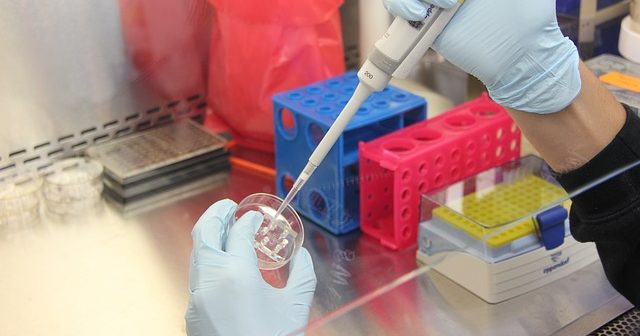At the base of large scale experimental research in molecular biology lies the use of cell lines. Artificially generated, continuously growing and instrumental in diagnosis and treatment discoveries, cell lines don’t need further introduction. Their primary categorization considers morphological features as well as the root tissue for isolation as the basis of distinction. However, large scale research has indicated stark differences between primary cells and the cell lines developed using them. What makes these in vitro biological ingredients such constitutive resources for R&D? What are the possible reasons for the gap in their applicability? These have been recursive questions for the Cell Line Development (CLD) industry. Here, we talk about the improvements that have been made in order to streamline their applicability and reduce the bottlenecks. Here are some application of cell lines
Conflict Surrounding Application of Cell Lines
After decades of research on continuous cell lines, which were considered to have genotypic and phenotypic homogeneity, scientists today have an array of cell line repertoires to choose from. There are 3600 cell lines available that have been developed from 150 biological species. Starting with mouse Sertoli cell line (MSC-1), Hepa1-6, HeLa, and clonal cell lines, CLD has embarked on a whole new journey. Researchers are now presented with different artificially generated cell lines to the level that embryonic and umbilical cord stem cells are used for new CLD.
On the other hand, researchers face the toughest challenges of handling cell lines as it leads to abnormality in results as well as sheer wastage of resource. Gurvinder Kaur et al (2012) showed that mouse Sertoli cells had more important immunologic characteristics than MSC-1 lines. Hughes et al (2007) indicated the loss of 18-36% of phenotypic quality due to misidentification and cross-contamination. Recently, Chinese Hamster Ovary Cells (CHOs) became increasingly difficult to use for synthesizing a class of Biopharmaceuticals known as “Biologics”. Consequently, the reasons for the lack of cell lines’ applicability are cited as higher frequencies of mutations in cell lines, uncontrolled clonal selection within cell passages and limitations in transforming them for clinically relevant in vitro models.
Application of Cell Lines
Nevertheless, cell lines still stand as the most cost-effective and ethically viable resources for performing scientific research. Their development was idealized for their phenotypic and genotypic homogeneity over recurring cell populations. In the last decades, the viability and easy availability of cell lines have been the reasons why almost all scientific developments have been based on cell lines. No wonder they are used for antibody production, vaccine development, drug testing, genetic function studies, cancer cell growth studies and artificial skin development, among others.
New cell lines are being continually developed to find biomarkers for cancer, skin diseases, lung dysfunctions and better visualization of tumor cells. Since cell lines mimic cellular homogeneity of almost all human tissues and are used to create in vitro models, procuring and maintaining cell lines remains imperative, with new guidelines and protocols coming in every year by CLD companies. Sigma Aldrich, Thermo Fisher Scientific, Lonza, and The Horizon are the companies that have continually developed and evolved cell lines in terms of cytogenetic variants.
The Way Forward
With the conflicting results of using cell lines over primary cell lines at hand, researchers have the tough task of deciding which cellular resource should be used. The answer to this lies in Cell Line Engineering (CLE) methods and in 3D cell culture. These novel approaches are based on procuring human primary cells and/or animal cells from root tissues and growing them with selective media in all 3 dimensions and allowing cells to form sphere-shaped aggregates, known as spheroids. Growth conditions for 3D cell cultures include using polymeric mats, e.g. polystyrene mats, polycarbonate-based ECM fibers, collagenous mats, and artificially engineered in vitro substrates, altogether known as scaffolds.
CLE is an advanced technology enabling CLDs design cell lines by using CRISPR products. Thermo Fisher Scientific is engineering new cell lines using a wide variety of already available cell lines according to the research project requirements requested by their collaborating clients. This makes cancer cell studies, artificial organ growth and new treatments more attuned to live human tissues and does away with contamination and uncontrolled mutations. These were application of cell lines.
If you’re looking to consult an expert or collaborate with a scientist on CLE, get in touch with a qualified specialist on Kolabtree.
Welcome to the future!








1 Comment
The advance of CRISPR technology could dramatically change the traditional model for developing cell lines for development of biological pharmaceutical products targeting maximum expression of therapeutic product and potentially removing contaminant proteins.
The use of cell cultures coupled with the advance of 3D printing and utilizing novel bio-inks will provide a quantum change for drug testing and drug target screening.